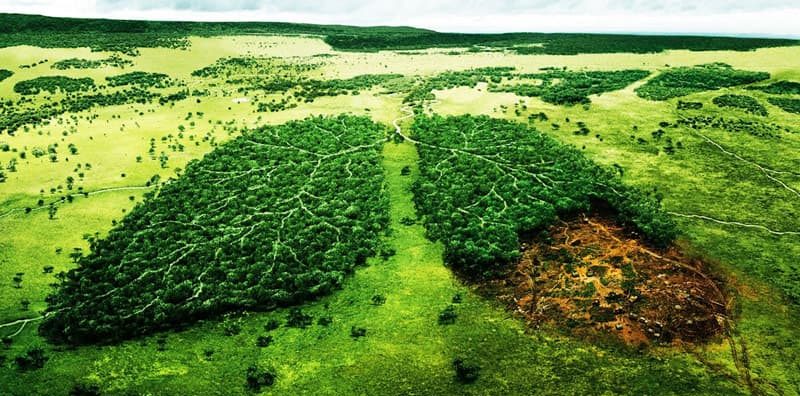We explain what the environmental movement is and what it consists of. Also, when and how it emerged; its characteristics and objectives.

What is the environmental movement?
The environmental movement, also known as the green movement, environmentalism or environmental movement, is a social and political organization of a global nature. whose maximum task is the defense of the environment promoting environmental education, pressure and denunciation of non-ecologically responsible initiatives and conservationist public policies.
The green movement is not a constituted whole, so much as a varied and often contradictory series of initiatives and non-governmental organizations (NGOs) that can be local, regional or global in nature. Most of them are spontaneous and modest although there are other larger ones with decades of experience and solid international structures. Almost all of them agree on their tasks, but not on their methods, the necessary emphasis or the actions to be taken.
The ideas of this movement come from the consideration of man as an integral part of nature on which their health and survival over time depend, which is why it is an obligation to develop a sustainable society in ecological terms, that is, one that does not destroy ecosystems.
To achieve this, environmentalism maintains that modifications must be made in the economic and social policies of all states on the planet. For the most radical sectors, this often leads to the overcoming of capitalism as a model, while other sectors simply advocate ecological reforms in production models.
What is the environmental movement?
Environmentalism aims to awaken the commitment of all sectors of society to move towards a sustainable society that is, that it coexists harmoniously with the ecosystem and guarantees an environmental and health future for humanity.
This is pursued through various organizations of local and international scope whose propaganda, environmental education and denunciation actions try to highlight the urgency of taking action on the matter, as well as the need for laws that toughen sanctions against polluting production, promote the responsible use of technology and educate future generations in the values of coexistence with the environment.
Origin of the environmental movement
The rise of the environmental movement It is closely related to the development of democracy and civil liberties and after the full installation of industrial society. Around the third quarter of the 20th century is considered the beginning of the movement, especially after the publication of silent springa book by Rachel Carson, which represented the death of life on the planet due to human industrial activity.
The numerous disasters and environmental impact events of the 20th century, together with the fear of the atomic destruction of life on the planet, cemented the need for an organization that would act as a conscience and warn about the catastrophic consequences that action could have. human in the environment.
Since then these movements have proliferated and exist in all hemispheres and are allied to all forms of known ideology from radical to reformist positions. Many of them have gained prominence in the face of the natural disasters of the 21st century that point to the imminence of climate change.
Goals of the environmental movement

The objectives of environmentalism can be summarized as:
- Promote environmental education.
- Promote ecological responsibility laws.
- Boycott the consumption of products harmful to the ecosystem.
- Alert humanity regarding the short, medium and long-term environmental effect of the industrial model of production and consumption.
- Mobilize the population towards recycling, conservation and rescue of the ecosystem.
- Propose an environmentally responsible political model (political ecology) that leads towards global change.
- Ensure a healthier urban life model, with access to unpolluted water, air and land.
Characteristics of the environmental movement
The environmental movement, as we have said, is not exactly uniform, nor does it have a single spokesperson, nor a unified format. It is rather a set of organizations, which range from local enthusiasts to international organizations with global representation (such as Greenpeace, the World Wildlife Fund or BirdLife International), and even national political parties.
In some cases the movement created groups of greater radicalism and desire for immediate action, such as the Animal Liberation Front (FLA), which emerged clandestinely in the 1970s and was responsible for the releases of animals in captivity, sabotage of experimental facilities and extremely aggressive propaganda.





